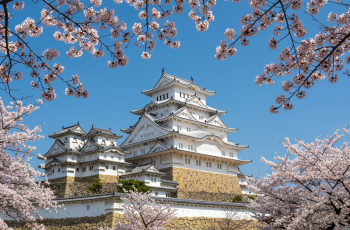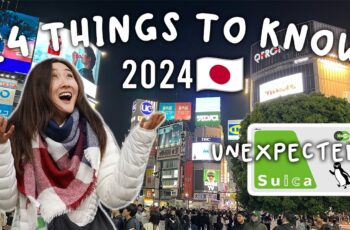Hello, everyone. I do try to survive for foreigners. So are you planning a trip to Japan? I’ll show you the bad periods and the best periods to visit Japan in 2025.
In recent times, Japan has become increasingly popular among foreign travelers, with 2.78 million visitors in February 2024 alone, making a staggering 107.1% increase compared to February 2019. That’s the highest figure of the month since the pandemic began. In addition, the value of the Japanese currency has recently fallen by about 40% compared to pre-pandemic times. Depreciation rate is also the highest in about 30 years.
As a result, overseas travel has become very expensive for Japanese, and many Japanese travel destinations have become domestic. As I explained in the previous video, over-tourism is now occurring in Japan. As a Japanese travel guide, if foreigners come all the way to Japan, I would like them to have a good time in Japan. In fact, there are recommended times and times to avoid when you visit Japan.
So in this video, I will tell you about the six periods that you should avoid coming to Japan and the three periods that you should come to Japan based on factors such as congestion, weather, and cost. Also, I think there are some people who can’t come at the recommended periods due to your work schedule. So in the last section, I will also give you six recommendations to avoid over-tourism.
By watching this video, you will be able to enjoy a comfortable and inexpensive trip to Japan. Please watch it until the end.
So let’s get started. It’s a bad time to travel.
Number one: Late March
Foreigners may be surprised, but Japan’s new fiscal year begins in April—specifically school entrance ceremonies, new semester, company entrance ceremonies, and personnel changes occur on April 1st. This will result in many students going on trips during the vacation period before the new semester, and some office workers will move with relocation due to personnel changes. There will be a lot of people moving around Japan as a whole.
Consequently, tourist spots become heavily congested and transportation and accommodation become scarce and expensive.
So it’s advisable to avoid visiting Japan during this period to ensure a more comfortable and cost-effective travel experience.
Number two: End of April to first week of May
In Japan, there’s a long holiday called Golden Week from late April to early May. At this time, many Japanese take vacations at the same time and go on trips. As a result, tourist attractions become very crowded and hotels and transportation methods will also increase in price. Shinkansen is the most important thing to pay special attention to.

As I explained in my previous video, Shinkansen will be charged a special fee and non-reserved seats will be abolished—all seats will be reserved. If you were in a non-reserved seat vehicle, you could board the Shinkansen as long as you were standing, even if the seats were full. But this will no longer be possible.
In other words, you may not be able to take the Shinkansen. This specifically affects those traveling to popular destinations among international tourists like Tokyo, Kyoto, Osaka, Hiroshima, and Fukuoka.
So if you come to Japan during this period, I highly recommend you reconsider it.
Number three: Rainy Season (June to early July)
It is rainy season in Japan from June to early July. When I visited Southeast Asia, such as Thailand and Vietnam, during the rainy season, although there was a lot of sudden rain like squall, it often stopped in a short time. However, Japan is different—it continues to rain all day in Japan. When I lived in America, many people didn’t use umbrellas even when it rained.
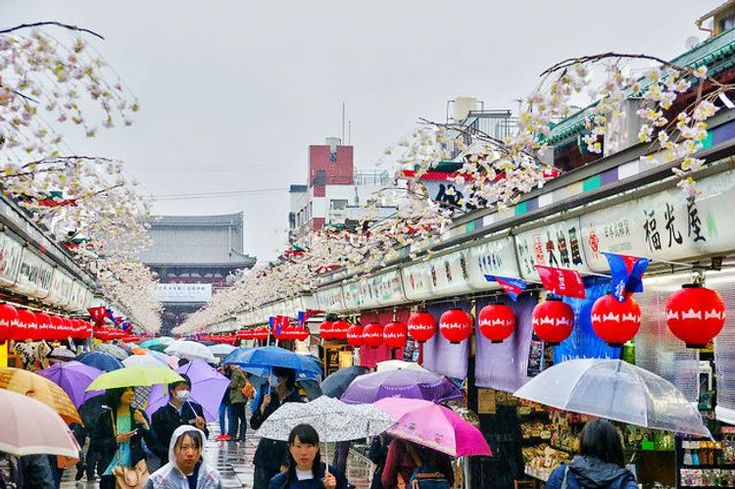
I think this is because the US is a car society and it often starts raining after waiting for a while. However, in Japan, especially during the rainy season, Japanese people always carry umbrellas with them and use them as soon as it rains. Therefore, I recommend avoiding visiting Japan during this period. However, there are some beautiful flowers such as hydrangeas and roses that can be seen during the rainy season.
So if you are interested in those flowers, I think it would be good to visit at this time of year.
Number four: August (Too hot and summer vacation)
As I explained in the previous video, Japan suffered record heat waves and heavy rain in 2022 and 2023. In recent years, summer in Japan has been extremely hot, but the humidity is high, so it feels hotter than the actual temperature and you get sweaty as soon as you go outside. I’ve also received a comment from viewers emphasizing how humid summer weather in Japan is.

And during this period you will be affected by the summer vacation of Japanese people. Many Japanese take a day off in mid-August and return to their parents’ homes. As I explained in chapter two, just like Golden Week, the Shinkansen will be charged a special fee, and non-reserved seats will be abolished—all seats will be reserved. So you may not be able to take the Shinkansen.
So I recommend you avoid traveling during this period because of the weather and the congestion.
Number five: Silver Week (September)
Silver Week refers to a period in Japan, usually in mid to late September, when multiple public holidays align to create an extended holiday period. It’s essential to note that the dates vary every year, so it’s necessary to check the calendar annually. For instance, in 2024 the holidays align with the weekend so there’s no extended break, but in 2026 there will be one.
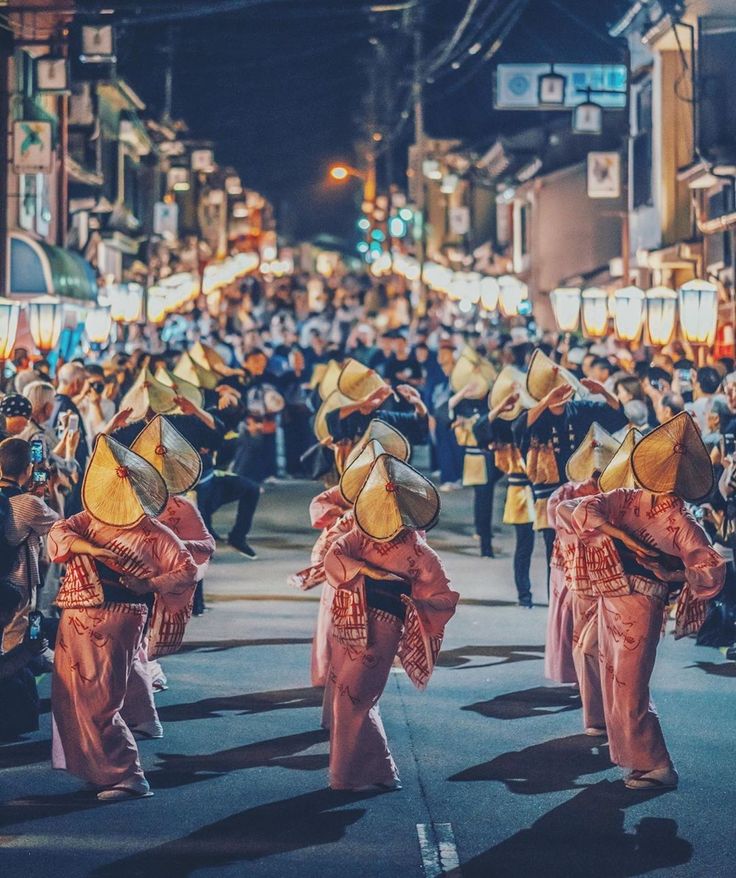
Many Japanese people take extended vacations, sometimes over a week long by using their paid leave.
So if your visit coincides with Silver Week, it’s advisable to avoid this time due to increased crowds and higher prices.
Number six: Late December to early January (Year-end and New Year)
During year-end and New Year holidays in Japan, there’s a long vacation and the tradition of returning to one’s hometown to celebrate with family. When I was working in the United States, I had only two days off on December 31st and January 1st, so foreigners might be surprised. This period sees significant crowds as people engage in activities like visiting shrines for the first shrine visit of the year and shopping for lucky bags.
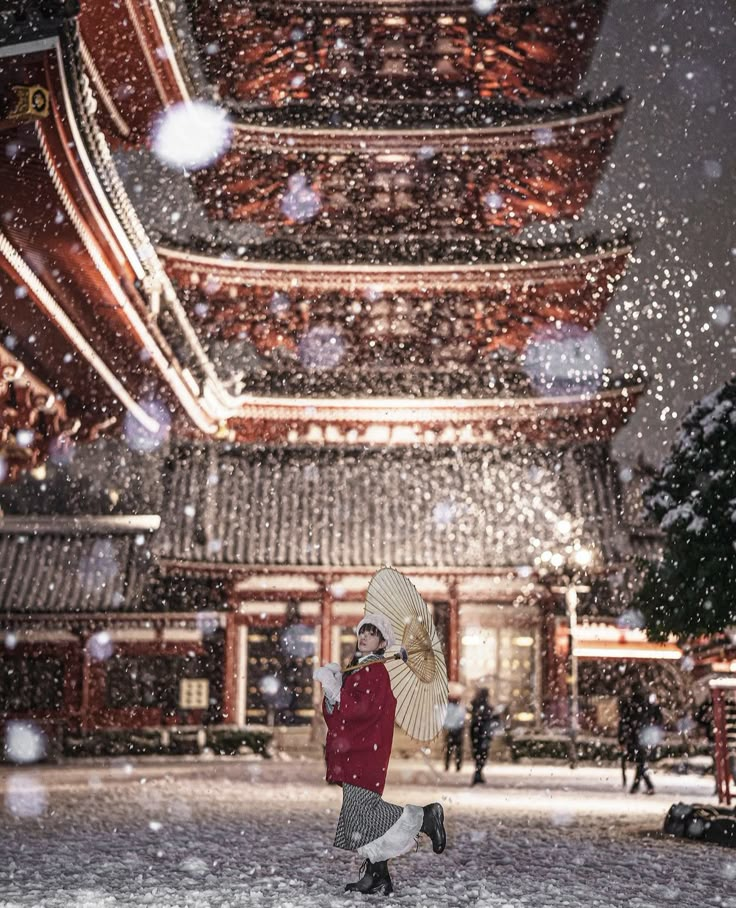
Consequently, hotels and transportation become more expensive, and the winter weather can be cold.
So it’s advisable to avoid Japan during this time.
The best time to travel
Number seven: Beginning of April
As mentioned earlier, late March sees Japan bustling with activity. However, shortly after, as Japanese individuals settle into new routines, traveler numbers decrease, making it an ideal time to visit. But be mindful of Golden Week starting in late April.
In order to enjoy a comfortable and inexpensive trip to Japan, don’t forget these timing details.
Number eight: Second week of May to end of May (after Golden Week)
After the Golden Week holiday ends, locals return to their routines, resulting in fewer travelers. This period offers pleasant weather and is ideal for exploration.
However, it’s essential to remember that rainy season starts in June.
Number nine: October and November
After Silver Week, the crowds decrease again. October and November have great weather, and November is especially beautiful with autumn foliage.
However, popular tourist spots like Kyoto can still be crowded during this time.
Ways to avoid the crowds
Number ten: Choose good destinations
If you can’t avoid traveling during busy periods, go to places like Hokkaido (no rainy season) or Okinawa (rainy season is earlier).
So if you come to Japan during the middle of May, consider the mainland instead of Okinawa.
Number eleven: Change your visiting time
Visit attractions in early morning or late evening. For example, Tokyo National Museum offers nighttime events. In Kyoto, many places open before 9 a.m. or offer evening experiences.
I put the links to this information in the description.
Number twelve: Use crowd monitoring services
Some areas like Kyoto and Kamakura provide live crowd information via websites. You can check congestion in real time before visiting.
Number thirteen: Avoid public transportation
Trains and buses can be packed all day. Consider renting a bike or scooter—it’s a healthy, eco-friendly, and fun way to get around.
Number fourteen: Explore hands-free
Avoid carrying heavy luggage while sightseeing. Use services to send luggage from airport to hotel, or store it at stations. Kyoto Station offers special luggage handling services.
Number fifteen: Explore the countryside
The government supports rural tourism. Many areas now offer multilingual support and improved access. Local flights connect cities directly to regional areas like Hokkaido, Kumamoto, and more.
